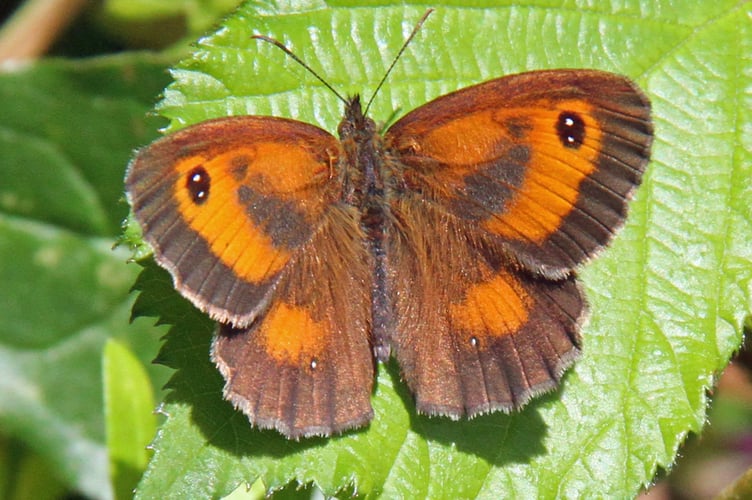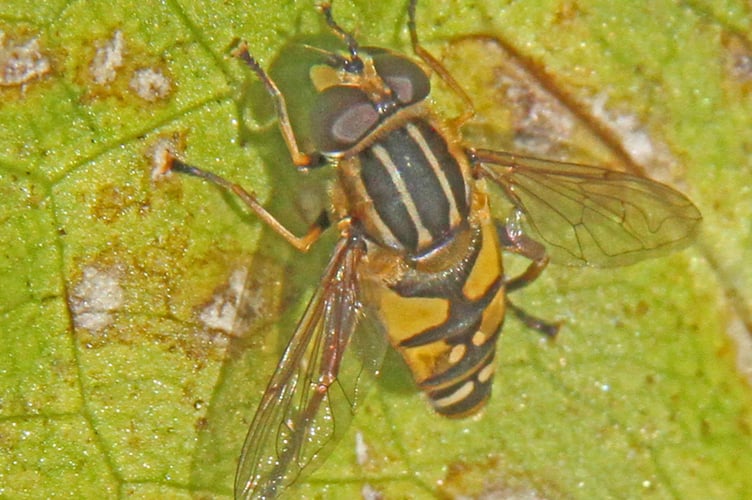I know a woodland place not far from Blunts where there were once several sweet chestnut trees. These massive trees with huge spreading limbs overhung the road and after a long, hot summer they shed their delicious sweet chestnuts contained in husks that carry soft yellow/green spines. This is another food producing tree that we must thank the invading Romans for.
Every year back in the sixties we would drive out there to collect a bag of these lovely nuts but for some reason, some years ago, all these trees were cut down, probably for the timber and a wide pathway was made for the lorries to carry the wood out. I took another walk along the bramble covered track last week hoping to see something interesting to photograph and found lots of Perforate St John’s wort with their dainty yellow flowers.

The leaves of this plant are covered in small translucent dots which give it the name, perforate, and it was thought by doctors back during the Crusades, that any leaf that appeared to be punctured was capable of curing wounds, especially those received during battles.
I was very surprised to see a solitary panther cap mushroom on the mossy bank. The fungus, Amanita pantherina, is poisonous and is a cousin the our most deadly mushroom the death cap, Amanita phalloides, so are best left alone. Usually seen during autumn but occasionally they appear in the summer time and favour beech woods to grow in.

A longhorn beetle was happy to allow me to photograph it as it travelled across some long leaves. In fact, this is one of the most familiar and conspicuous of our longhorn beetles and is very reluctant to fly off when approached. They are most frequent in woodland rides such as this and on hedgerows along country roads.

Hogweed with their large umbels of white/pink flowers provide feeding sites and mating grounds for red soldier beetles. There were loads of hogweed – so named as it was fed to pigs, who loved it and quickly chomped it up – that day in the woods. My father kept a couple of pigs, as did a lot of men in Landrake when I was a boy, and this time of the year we would collect hogweed, known then as ‘builder’, for our pigs.
However, most of the hogweed flowers I saw were turning into brownish/green seeds, but I managed to find a few white ones that were accommodating some red soldiers. On hot sunny days the beetles are often seen dusted with pollen from hogweed and there are lots of them.

I spotted a lovely gatekeeper butterfly with large orange patches on its brown wings and as I watched, it was joined by another and the pair commenced ariel combat. Harder to spot was a helophilus pendulus hoverfly, which are common and widespread but only live for a few day to a couple of weeks. Their larvae can be found in damp vegetation on the edges of ponds and streams.

Down beside a small waterway I found a tall marsh woundwort with its feet in the damp soil. As with its cousin, hedge woundwort, the plant has legendary healing properties that go back to the 16th century.





